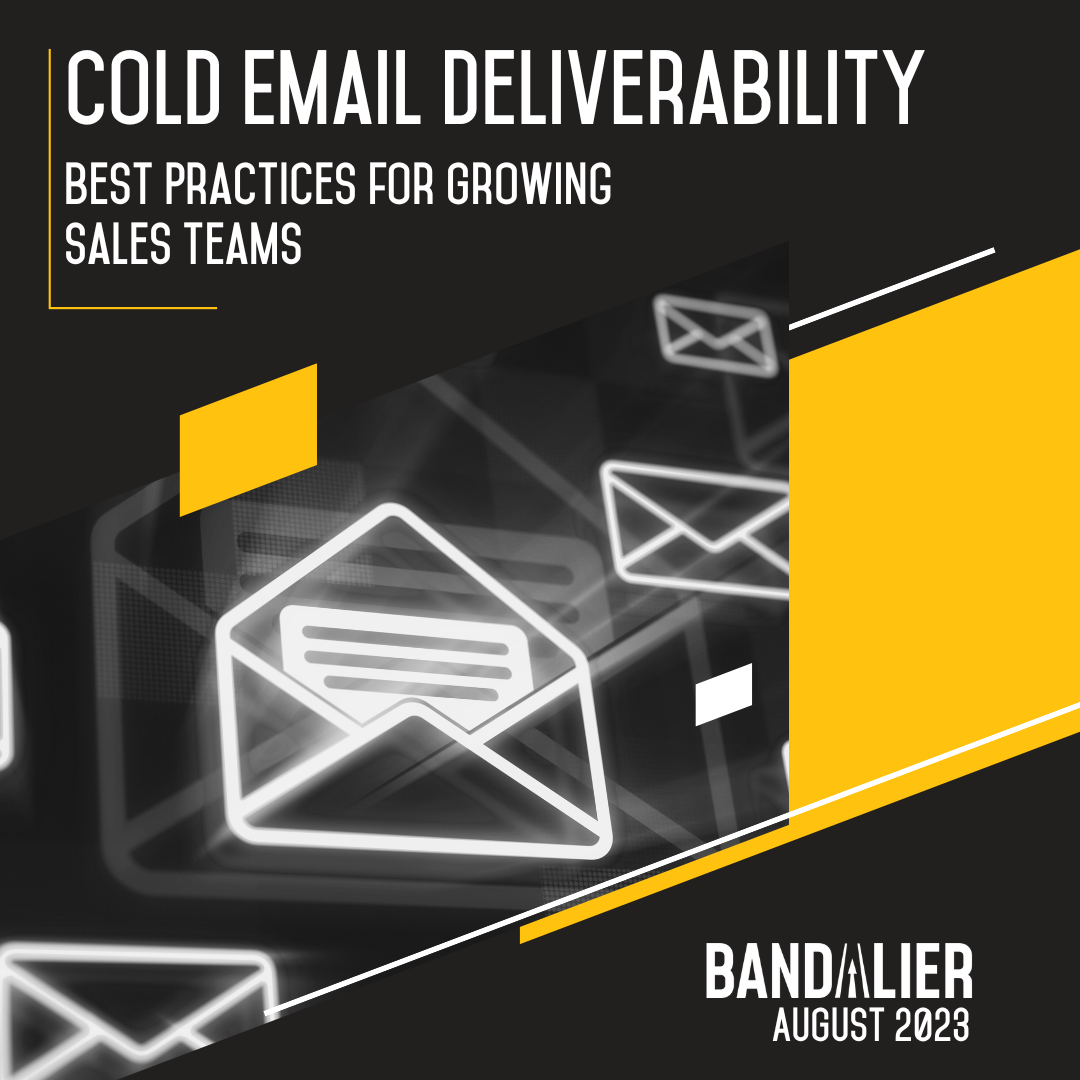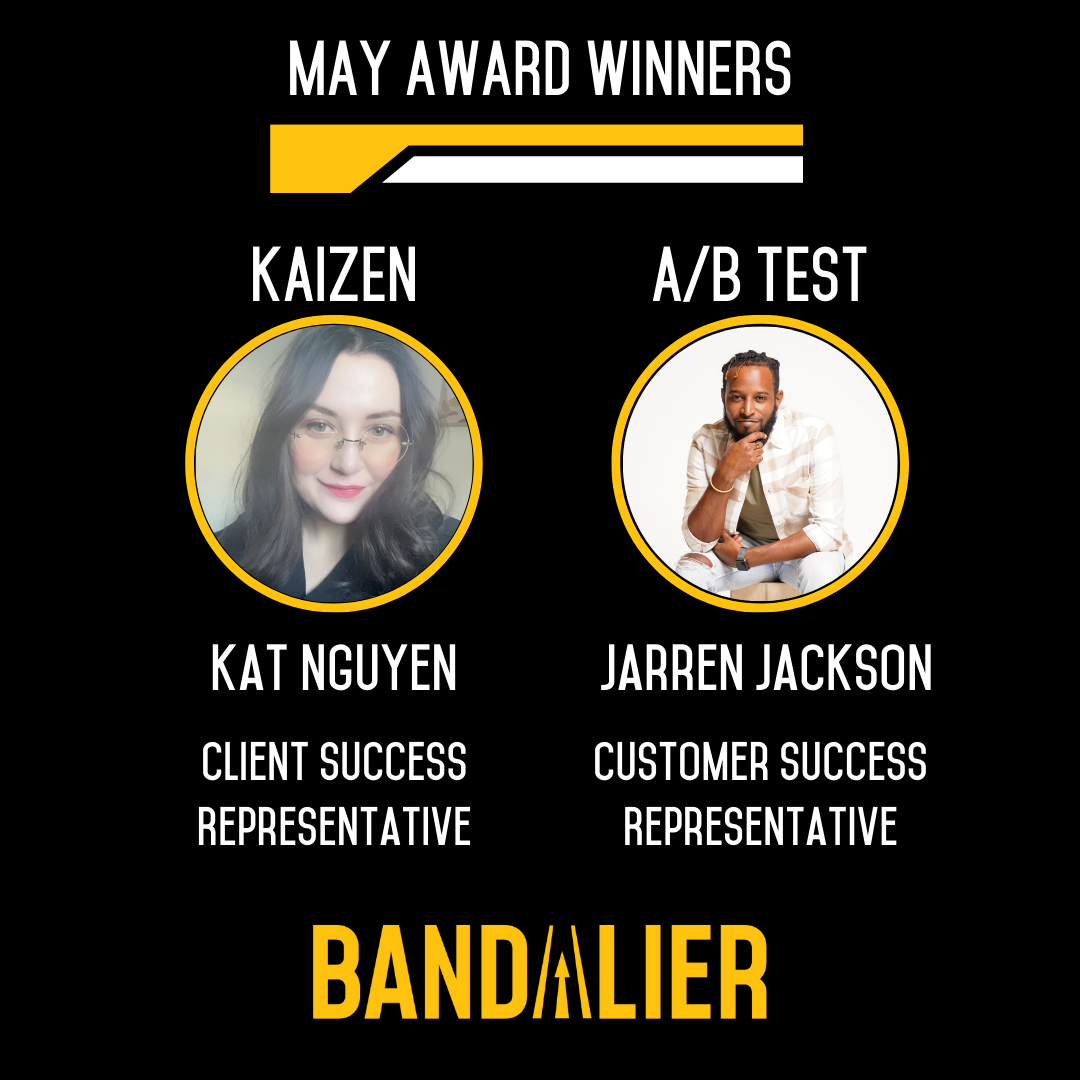Inbound lead management is one of the most important functions of any sales team. When organizations face sudden growth with limited capacity, it’s also one of the most challenging functions to prioritize. How can you keep up with inbound leads when your team is overwhelmed? Should you hire in-house, or engage your inbound leads with an outsourced team? We’ll cover key considerations and tips that will help you set your team up for success.
Expand Your Team
If your team’s capacity is limited, the simplest solution is to expand your team. However, adding team members can be challenging when you’re growing fast. We’ll review two common solutions for adding members to your team and the key questions that can help you decide which growth option is best for your team.
Define the Role
There are a few different roles that you may wish to hire for. Whether you’re looking to connect inbound leads with an outsourced team or an in-house one, consider what you’ll need your team to do.
Inside sales representatives are likely your best choice if your new team member will be completing a wide variety of responsibilities. Inside sales reps are responsible for sourcing new leads and connecting with them. If you see fluctuations in your inbound lead volume, you’ll likely be best served by hiring an inside sales representative. That way, they can jump into cold outbound calls when inbound leads are sparse.
Sales development representatives typically focus on cold outbound sales. They’ll prospect new leads and qualify them before scheduling a meeting with another member of your inside sales team to move the deal forward. If you have an existing team member who needs more time to focus on handling inbound leads, you may want to consider bringing a sales development rep on board. Your new SDR can focus on filling the top of your funnel with new, cold leads and give the rest of your team time to focus on inbound lead management.
Business development representatives will be the best choice if your new team member will be primarily focused on inbound lead management. BDRs typically engage with interested leads to ensure that they’re qualified to move forward in your sales process. If you see consistent inbound lead volume and want one person to take point on managing them, adding a BDR to your team is likely your best choice.
Now that you’ve defined the role, it’s time to fill it. But what’s the best way for you to do it?
In-House Hiring
Hiring new team members is challenging at the best of times. Doing it when you’re scrambling to keep up with inbound leads is even harder. If you’re considering hiring a brand new sales team member, here are a few key questions to consider:
How long will it take my sales team to evaluate candidates?
When your team is tight on time, screening new candidates can feel like a painful time-sink. How much time will your sales team spend away from outreach while you look for new team members? How does that time translate to missed deals?
What will my team need to do to train this new sales rep?
After hiring a new team member, you’ll need to spend some time training them. If you hire a more experienced salesperson, they may only need training on your systems and processes. If you hire someone new to the field, they may need more dedicated training on best practices. Regardless of your new reps’ experience, keep in mind that training typically costs over $1,000 per employee.
When will my new rep reach their full productivity?
On average, new sales reps reach full productivity more than 3 months after starting a new role. If you’re working with a new sales rep or hurry an experienced rep through training, their ramp period will increase. In contrast, outsourced inside sales teams are ready to ramp up quickly –
How many leads will go unserviced while my new rep ramps up?
With your existing team members helping train new reps, they may be delayed in following up with some existing leads. If your new team member is picking up inbound lead management, that may mean that a few inbound leads go unserviced. Consider how this ramp period will impact your sales funnel, and keep a close eye on the cost that these delays bring.
How much will it cost to hire a new inside sales representative?
The dollar amount may vary, but everyone knows that hiring is expensive. As you consider the cost of hiring, be sure to include the time you spend searching for the candidate and training them. On top of that, you’ll need to pay the new representative’s salary, commissions, and benefits. Check out this list of questions to build a precise budget before hiring your next sales rep.
Outsourced Sales Teams
When your team is strapped for time, outsourced inside sales teams can help you engage your inbound leads more quickly. If you’re preparing to work with a sales outsourcing company, here are some of the key questions to answer:
How much will it cost to launch an outsourced program?
Outsourced inside sales companies offer different price points and structures. Some companies charge a flat monthly rate, while others charge per meeting scheduled.
What training does this company provide for their reps? What training should I provide?
Bandalier’s outsourced inside sales teams only launch after completing our custom-built sales training program. However, not all outsourcing companies provide training for their team members. Make sure to chat with your outsourcing partner about their training program before you prepare to launch one of their reps. If you’ll be contacting inbound leads with an outsourced team, it’s important to ensure that the team you work with has great sales skills.
How will this outsourced team provide support for my existing team?
Some sales outsourcing companies provide more support for your team than others. In some instances, you’ll only have one team member provided part-time. In other cases, your outsourcing partner will provide you with a dedicated team member and a fractional program manager that will drive the team toward success. Evaluate your team’s current needs, and make sure the partner you’re considering will provide the support you need.
How do I know I’ll get a high-quality sales rep?
Reading reviews and case studies on the outsourcing companies’ past programs can help provide great insight into the teams they typically build. Look for feedback from past clients and past employees to get the full picture of your outsourcing partner’s employee quality. When you meet your new rep, make sure to ask them about their past experience and favorite sales techniques. Asking a few great questions can go a long way in ensuring that your new team member is a good cultural fit!
What if I want to hire the rep they place on my team?
If you’re impressed by your outsourced team, you may want to bring those team members in-house. This is especially true when you’re outsourced inside sales team has been managing inbound leads – they’ve likely built strong relationships with your team. If you’ve chosen the wrong outsourcing partner, you may not have the option of bringing your outsourced inside sales rep onto your in-house team. When considering different partners to build your outsourced team, make sure to keep your options open by working with an organization that supports direct hiring.
As you prepare to expand your team, ask yourself the questions above to ensure that you’re building toward success. At the same time, make sure you outline you’re preparing to integrate this new team member with your existing processes.
Training Your Team to Engage Inbound Leads
Whether you hire a new team member directly or opt to speed things up by building an outsourced inside sales team, you’ll need to spend some time teaching them your best practices for inbound lead management. Here are a few key areas to prioritize during your training:
Reply quickly. The sooner you reply to inbound leads, the more likely they are to convert into opportunities. 78% of customers buy from the company that replies first. If you reach back out to your inbound lead within 5 minutes of hearing from them, your chances to convert them into a customer skyrocket.
Focus on providing unique experiences. Social selling strategies offer great support for inbound lead management. Most inbound inquiries occur after the buyer has reviewed your online content, so make sure that your sales team has unique collateral available to share. Focus on adding value throughout your communications. This might mean sharing relevant content, answering simple questions, or asking great questions to help move your new leads through the sales funnel at the right time. Make sure your team personalizes their messages to new inbound leads, too – a little connection can go a long way in improving your results. Great personalization can drive revenue up by as much as 15%. Customers expect personalization, too, so make sure not to disappoint them.
Make your processes crystal clear. As your new team member ramps up, make sure they’re fully trained on your systems and processes. Technical issues consume up to 22 minutes per day, and that time will be better spent working with your inbound leads. Similar delays may occur if your new team member is unsure of their place on the team. During their onboarding, be specific about which team members they should look to for assistance on specific topics. That may include getting them in touch with your marketing team to ask about upcoming initiatives, or it may mean pulling them into a few sessions with your account executives to discuss which inbound leads are most likely to convert into customers. Encourage your new rep to ask questions and build connections in order to increase your team’s productivity.
Developing these pieces of training will accelerate your new team member’s ramp time. If you’re overwhelmed by inbound leads, building an agile team that’s ready to ramp up fast is key. Bandalier’s outsourced inside sales teams are ready to help. Contact us today.














